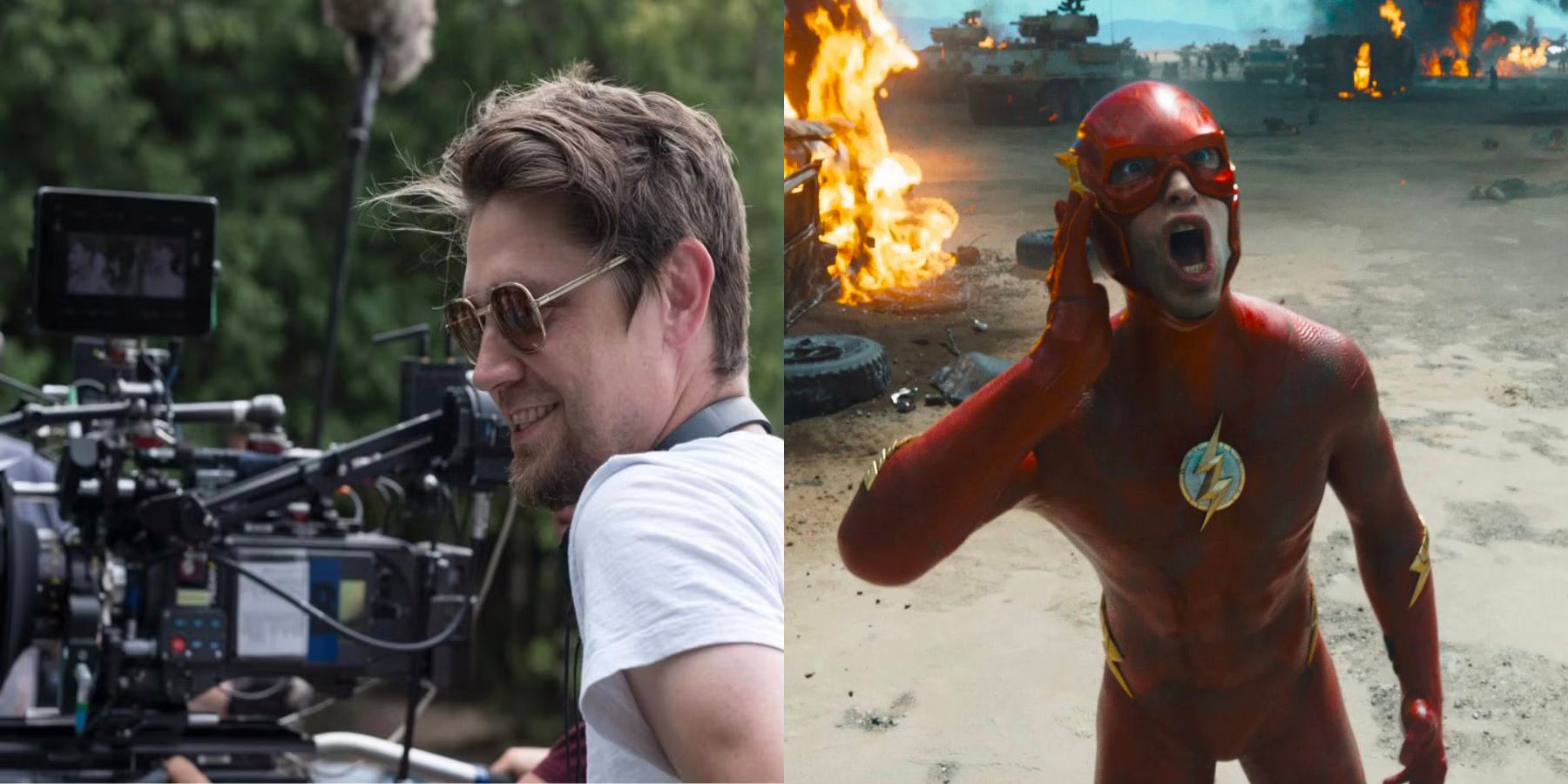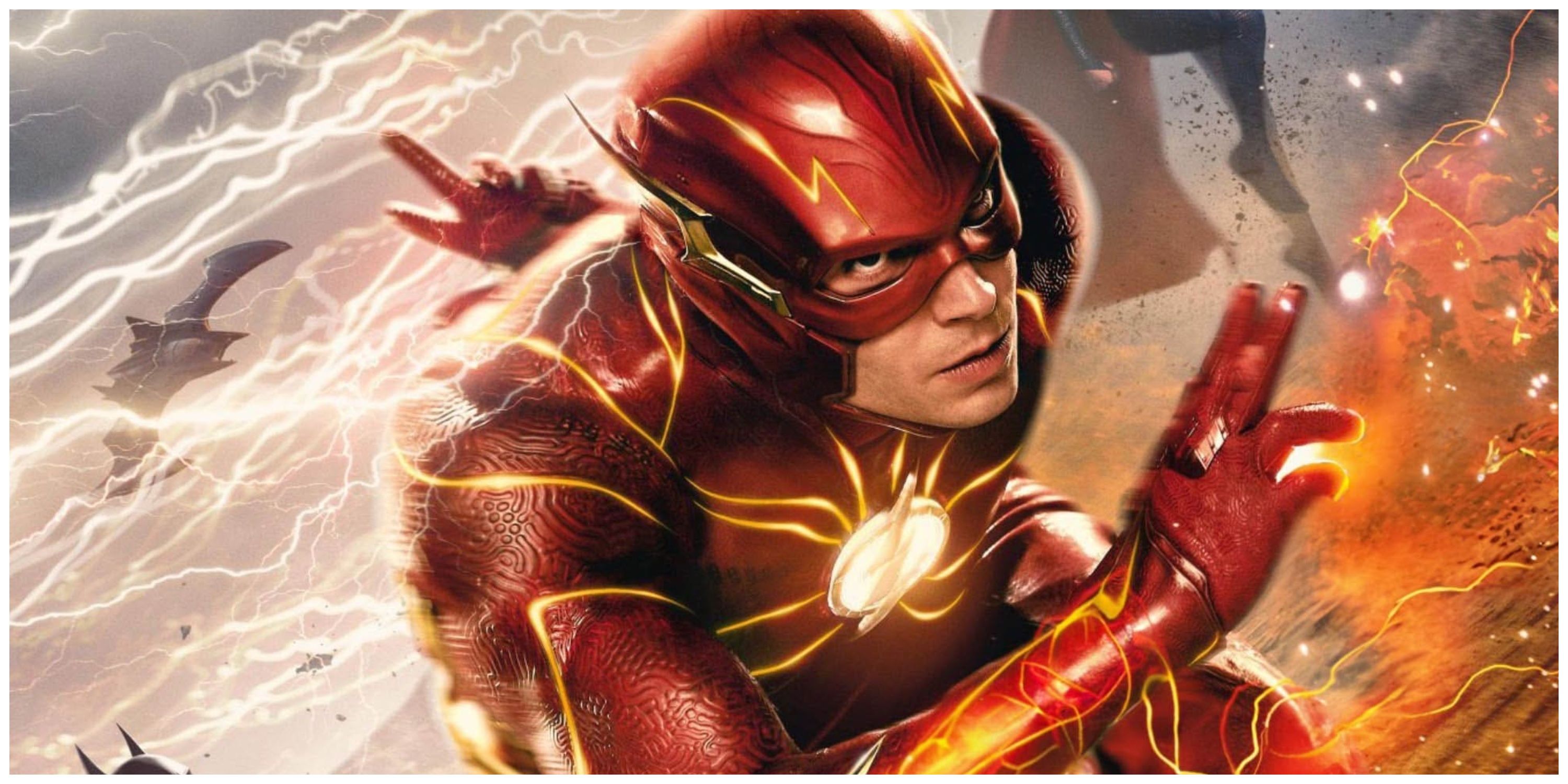
Director Andy Muschietti Unveils Mind-Blowing Visual Effects in The Flash

The Flash director Andy Muschietti defends the deliberate use of unconventional visual effects in the film, emphasizing their intentional presence
The Flash director Andy Muschietti has responded to the widespread criticism surrounding the film's visual effects (VFX) by defending its validity and offering insights into the deliberate choices made during its creation. Despite the initial excitement generated by the release of The Flash's first trailer, discussions about the CGI have been ongoing, with many viewers playfully mocking its perceived lackluster quality and questioning its seemingly extravagant budget, which did not translate seamlessly onto the screen. While the film received high praise during its electrifying debut at CinemaCon, the subsequent reception has been a mix of contrasting opinions. Critics have specifically focused on the unfinished appearance of the CGI.
Muschietti defended the unique visual effects and overall aesthetic of The Flash, particularly in a scene where Barry Allen (Ezra Miller) rescues babies from a falling nursery. In an interview with io9, Andy Muschietti and producer Barbara Muschietti shed light on their intentional choice to create an unconventional appearance. When questioned about the slightly unusual visuals, Barbara jokingly responded, "No, we actually used real babies." However, Andy provided a genuine explanation, stating that the intention was to immerse viewers in Barry's perspective and allow them to see the world through his eyes. "The idea was to put the audience in the shoes of the Flash," he explained. "Everything is distorted in terms of lights and textures. We enter this 'waterworld' which essentially represents Barry's point of view. This design choice was intentional, so if it appears a bit strange to you, that was the intent."
In the realm of superhero films, there is a notable advantage in that viewers already have a clear expectation of how the characters should look. When characters like Spider-Man or Batman put on their iconic suits, the world around them remains unchanged. However, The Flash introduces a unique twist to this dynamic. As Barry Allen dons his Flash suit and harnesses his extraordinary abilities, the world as he sees it undergoes a transformation. This presents a significant challenge in visually portraying this altered reality on the screen.
In recent times, visual effects have become commonplace in blockbuster movies, particularly those based on comic books. However, despite director Muschietti defending its appearance, The Flash unfortunately continues a disappointing trend of subpar CGI that has been observed in many films from the DCEU. The CGI in the movie has received unfavorable comparisons to the 2017 version of Justice League, which suffered from reshoots following director Zack Snyder's departure and replacement by Joss Whedon. Despite its hefty $300 million budget, the film struggled with awkward moments of CGI, ultimately resulting in critical and commercial failure and the abandonment of future DCEU crossover plans.
The release of The Flash signifies the conclusion of the DCEU era and paves the way for a fresh DCU, led by James Gunn. However, the criticisms aimed towards The Flash bring attention to the persistent weaknesses that have afflicted the DCEU for a significant duration, creating doubts about whether upcoming releases will effectively tackle these issues. Catch The Flash currently showing in theaters.
Source: io9














